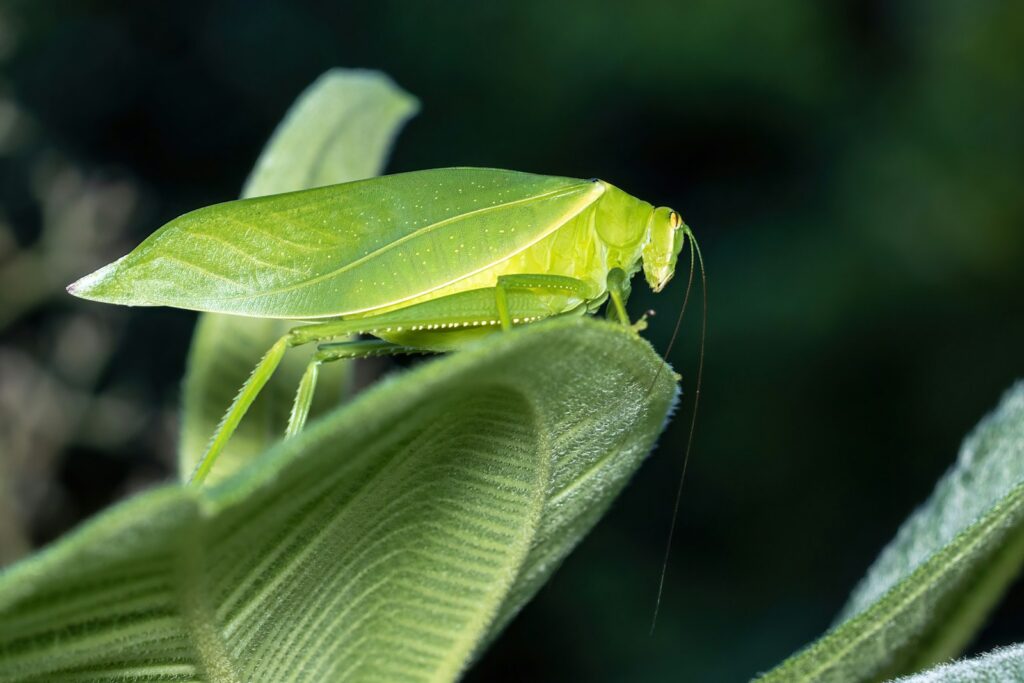In the symphony of nature, insects communicate through intricate signals – from the melodic chirping of crickets to the vibrational messages sent through plant stems. These communications form the backbone of insect survival, facilitating everything from mate selection to predator avoidance. However, a growing disruptor threatens this delicate system: human-generated noise. As our world grows louder with urbanization, transportation networks, and industrial activities, we’re inadvertently creating an acoustic environment that masks, distorts, and interferes with the subtle signals insects rely upon. This acoustic interference isn’t merely an inconvenience for insects – it represents a profound threat to their ecological functions and survival. The consequences ripple outward, affecting not just insect populations but entire ecosystems that depend on their pollination, decomposition, and role as food sources. This article explores how our sonic footprint disrupts the ancient communication systems of insects and what this means for our shared environment.
The Natural Soundscape of Insect Communication
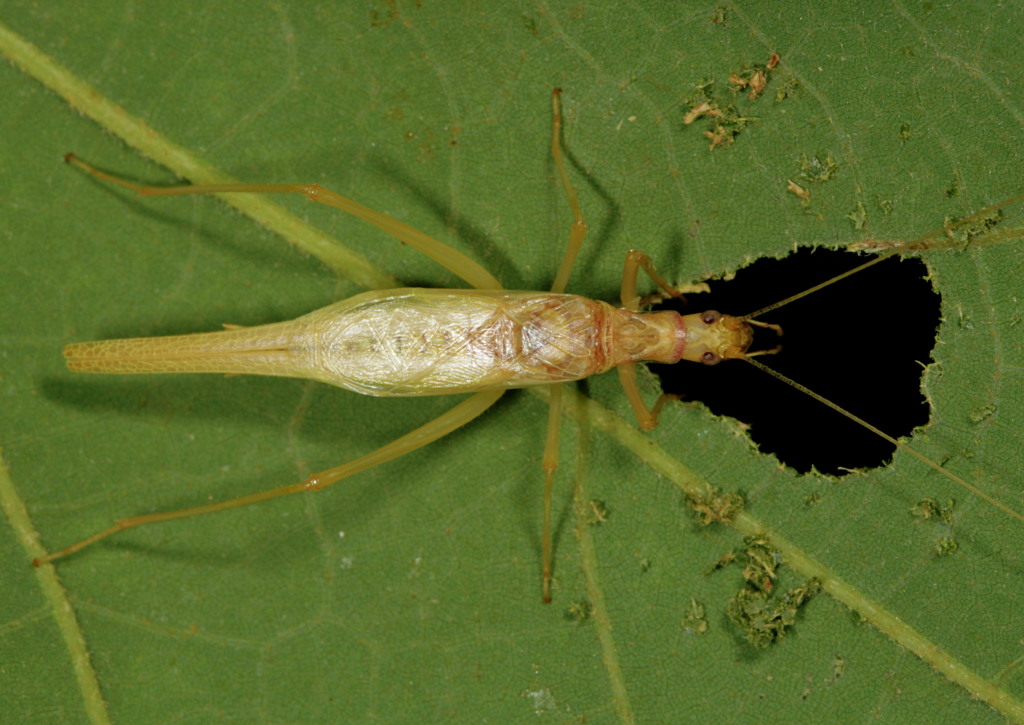
Insects have evolved sophisticated communication systems over millions of years, utilizing sound, vibration, and even electromagnetic signals to exchange vital information. From the familiar chirping of crickets created by wing stridulation to the substrate-borne vibrations of treehoppers, these signals contain complex information about species identity, mating readiness, territorial boundaries, and warnings about predators. The frequency ranges insects use are often specifically adapted to their environments, with some species communicating in narrow acoustic niches to avoid overlap with other organisms. These communication channels have evolved with remarkable precision, allowing insects to detect signals that are often barely perceptible to human ears. Their auditory systems are finely tuned to specific frequencies and patterns, enabling them to filter out natural background noise while still detecting important messages from conspecifics, even at considerable distances.
Sources of Anthropogenic Noise Affecting Insects

Human-generated noise pollution stems from diverse sources that collectively create an acoustic environment vastly different from what insects evolved to navigate. Transportation networks represent perhaps the most pervasive source, with roadways creating continuous low-frequency rumbles that can travel for kilometers into surrounding habitats. Urban centers contribute a complex mixture of sounds from construction, industrial activities, air conditioning units, and the general hum of human activity that maintains a nearly constant acoustic presence. Agricultural machinery creates periodic but intense noise disruptions in rural environments, while recreational activities like off-road vehicles, concerts, and fireworks create acute noise events that can be particularly disruptive during sensitive periods like mating seasons. Even seemingly innocuous devices like lawn mowers, leaf blowers, and domestic appliances contribute to the soundscape transformation in residential areas where many insects make their homes. The global expansion of these noise sources means that truly quiet habitats—spaces with only natural sounds—are becoming increasingly rare even in protected areas.
Masking Effects on Acoustic Signals
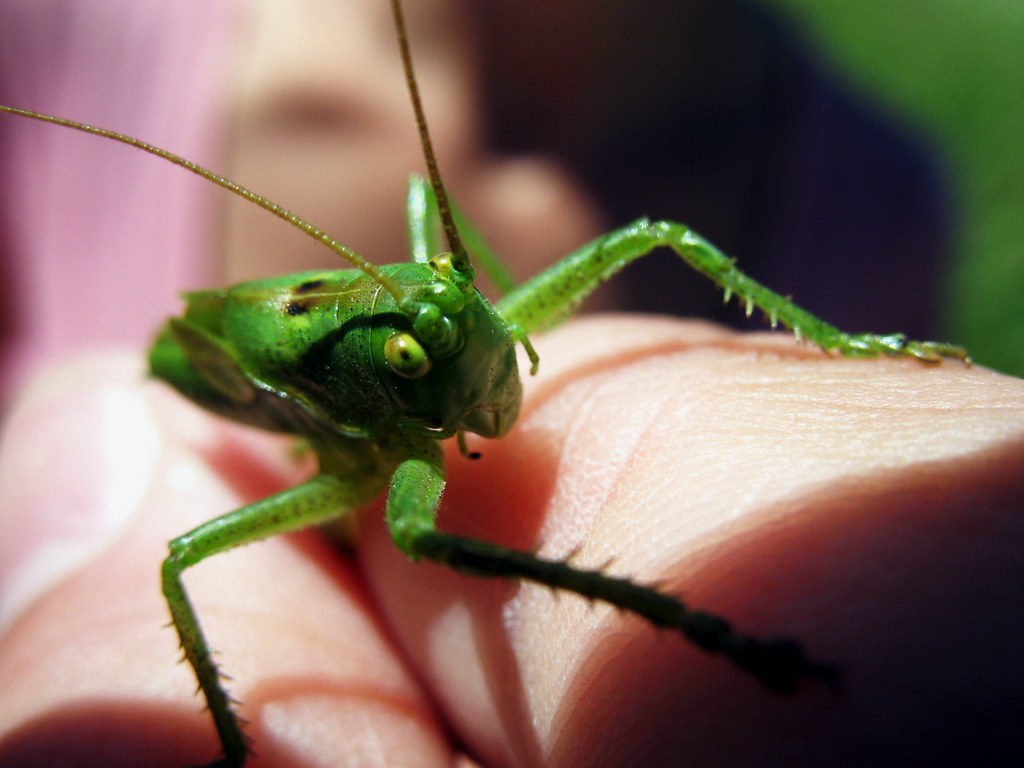
One of the primary mechanisms through which noise pollution disrupts insect communication is acoustic masking—when anthropogenic sounds directly overlap with and obscure insect signals. This phenomenon is particularly damaging when human-generated noise occurs in the same frequency ranges that insects use for communication, essentially drowning out their biological signals. Research has demonstrated that traffic noise can reduce the effective communication distance for some orthopteran species (crickets and grasshoppers) by up to 70%, forcing individuals to be much closer to detect each other’s calls. For species that rely on long-distance acoustic signaling to find mates, this communication range reduction can have direct reproductive consequences by limiting mating opportunities. The masking effect creates what ecologists describe as “acoustic shadows”—areas where insect signals become inaudible even though the signaler and receiver are within what would historically have been communication range. Species with less powerful sound production or those using lower amplitude signals are particularly vulnerable to these masking effects, potentially creating evolutionary pressure favoring louder communicators.
Disruption of Vibrational Communication
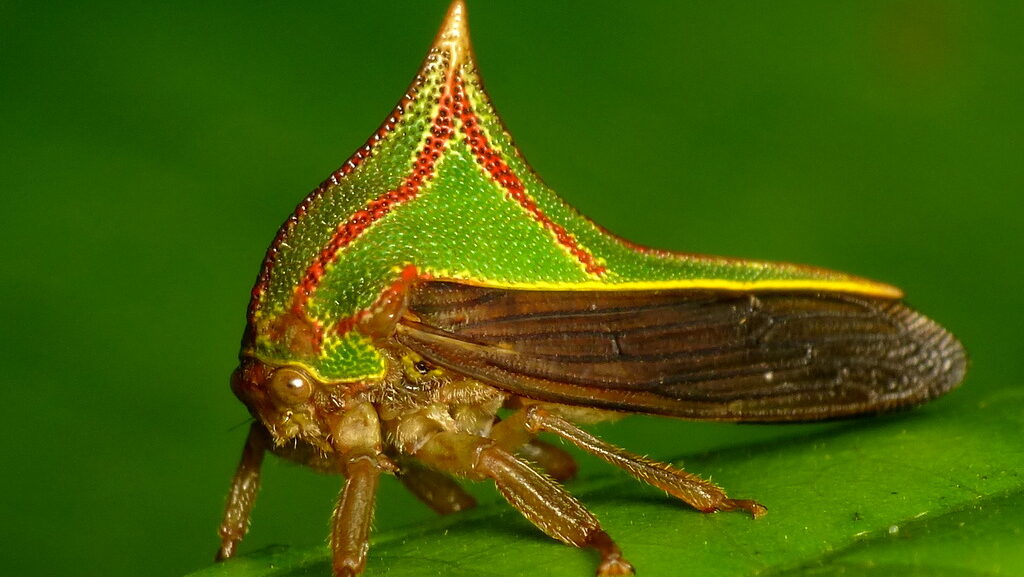
Beyond airborne sounds, many insects communicate through substrate vibrations—subtle signals transmitted through plant stems, leaves, soil, or other surfaces. These vibrational communications are used by an estimated 195,000 insect species, making this perhaps the most common form of mechanical signaling in the animal kingdom. Human activities generate ground vibrations through construction, transportation, and machinery operation that can interfere with these subtle signals. Research on planthopper species has demonstrated that even low-level mechanical vibrations from nearby roads can completely disrupt mating processes that depend on precise vibrational duets between males and females. Unlike airborne sound, vibrational communication is particularly vulnerable to disruption because the signals typically cannot detour around physical interruptions—they must travel through continuous physical medium. The structural complexity of plants that would normally help insects locate each other through vibrations becomes a liability when external vibrations create confusing patterns that mask or mimic biologically relevant signals. This disruption affects not only reproduction but also aggregation behaviors, warning systems, and other social interactions that rely on these subtle physical messages.
Changes in Insect Calling Behavior
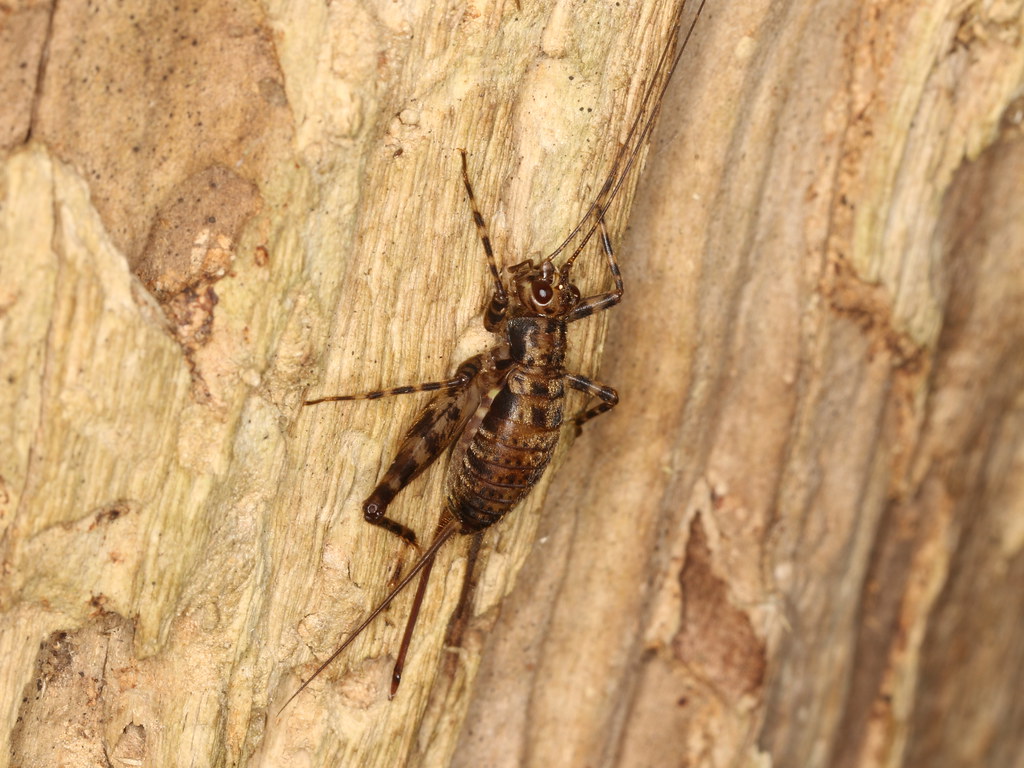
Faced with a noisier environment, some insects demonstrate remarkable behavioral plasticity in their communication strategies. Male crickets and katydids in noise-affected areas have been observed altering their calling patterns, either shifting to quieter periods when anthropogenic noise subsides or modifying the acoustic properties of their calls. Some species increase call amplitude—essentially “shouting” over the noise—while others shift their call frequency to avoid overlap with dominant noise frequencies. While these adaptations show impressive resilience, they often come with significant energetic costs, as producing louder or modified calls requires more energy expenditure. These behavioral shifts can also disrupt carefully evolved temporal patterns of communication, such as synchronized chorusing that helps amplify collective signals to potential mates. For species with genetically fixed call parameters that cannot be readily modified, the inability to adapt their acoustic behavior may put them at a competitive disadvantage in noise-polluted environments, potentially leading to local population declines or shifts in community composition favoring more adaptable communicators.
Impact on Reproductive Success
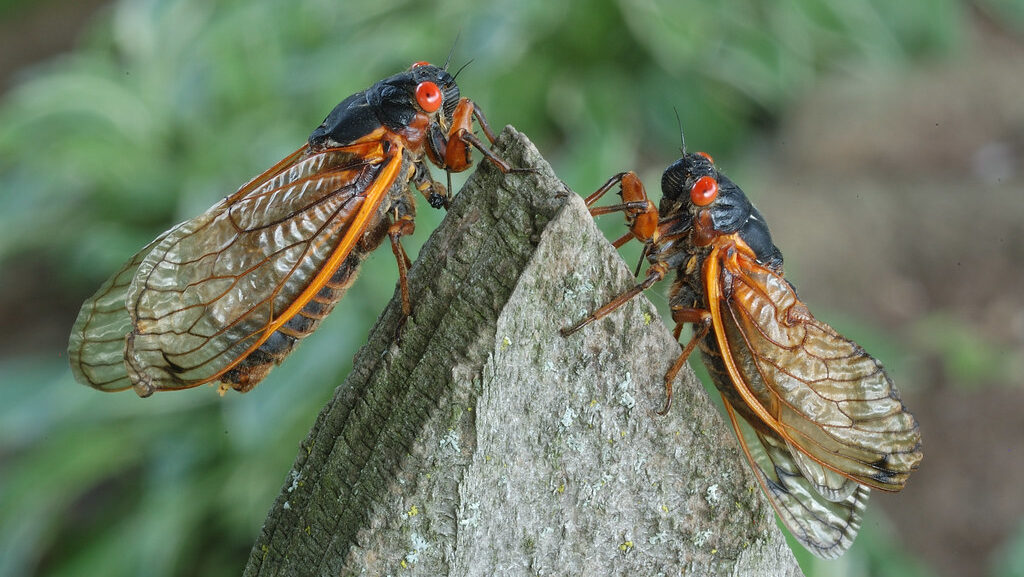
The consequences of communication disruption ultimately manifest in reproductive outcomes, with several studies documenting reduced mating success in noise-affected environments. When females cannot accurately locate or assess male calls due to acoustic interference, the probability of successful mating encounters decreases significantly. Research on tree crickets has shown that females in noisy environments take longer to locate calling males and sometimes fail to find them altogether, directly reducing reproductive rates. Beyond simple location challenges, noise interference can prevent females from accurately assessing male quality based on call characteristics—a crucial element of sexual selection in many insect species. Some insects show reduced selectivity in noisy conditions, potentially accepting lower-quality mates they would otherwise reject, with implications for offspring fitness. The timing of reproduction may also shift in response to noise patterns, with mating activities concentrated during quieter periods, potentially creating misalignment with optimal environmental conditions for offspring development. These reproductive disruptions can ultimately lead to population-level consequences, especially for specialist species with narrow mating windows or specific habitat requirements.
Predator-Prey Dynamics Altered by Noise

Communication disruption extends beyond mating to affect critical predator-prey interactions that structure insect communities. Many insects rely on acoustic cues to detect approaching predators, from the wing beats of hunting bats to the subtle movements of spiders or predatory insects. Anthropogenic noise can mask these warning sounds, leaving insects vulnerable to predation they might otherwise avoid. Conversely, some predatory insects that hunt by sound, like certain mantis species, may experience reduced hunting success in noisy environments where prey sounds become obscured. This creates complex and often unpredictable shifts in predator-prey dynamics, potentially altering natural selection pressures and community structure. Some studies have documented changes in anti-predator behaviors in noisy environments, with insects either becoming hyper-vigilant (responding to false alarms created by noise) or less responsive overall (due to chronic disturbance), both of which carry energetic costs and reduce normal activity patterns. These altered dynamics can cascade through food webs, as changes in predation rates affect population sizes and community composition of both predator and prey species.
Physiological Stress Responses to Noise
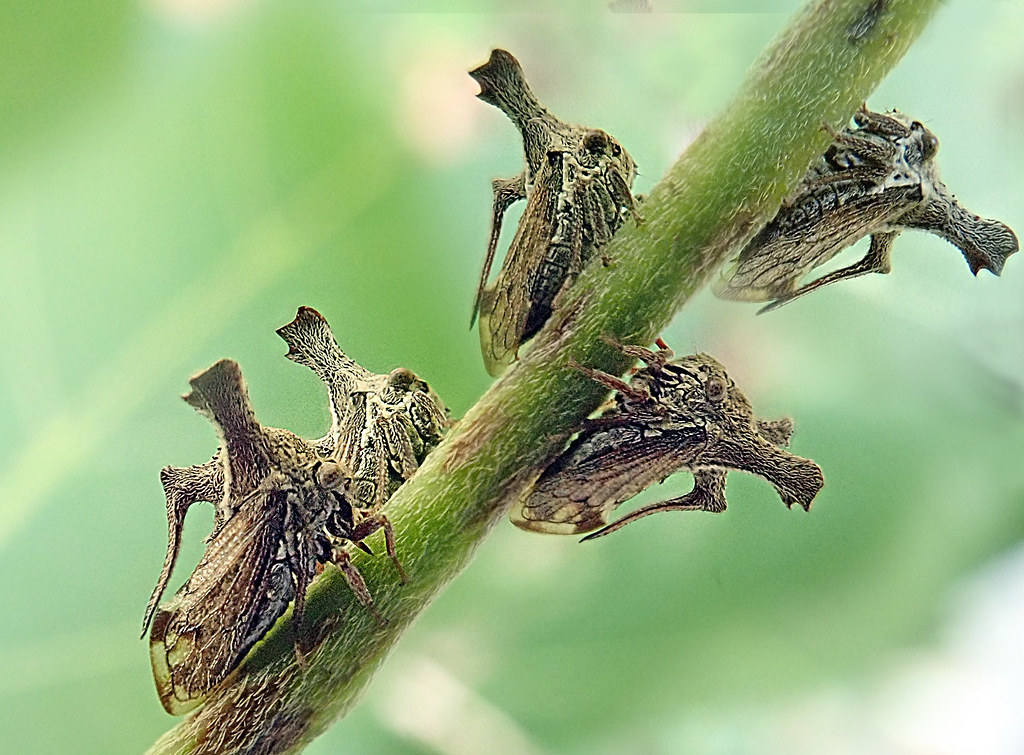
Beyond behavioral disruptions, mounting evidence suggests that noise exposure can trigger physiological stress responses in insects. Chronic noise exposure has been shown to elevate stress hormone analogs in some insect species, similar to responses seen in vertebrates. These physiological changes can affect immune function, making noise-stressed insects potentially more vulnerable to pathogens and parasites. Metabolic changes associated with stress responses increase energy expenditure, which can affect growth rates, development times, and adult body size—all factors that influence survival and reproduction. Laboratory studies exposing insects to realistic levels of anthropogenic noise have documented reduced lifespans in some species, suggesting that the physiological burden of noise exposure may have direct fitness consequences even beyond communication disruption. The developmental timing of noise exposure appears particularly important, with immature stages often showing greater sensitivity to noise-induced physiological disruption, potentially creating cohort effects that persist into adulthood even if the noise exposure itself was temporary.
Evolutionary Responses and Adaptations
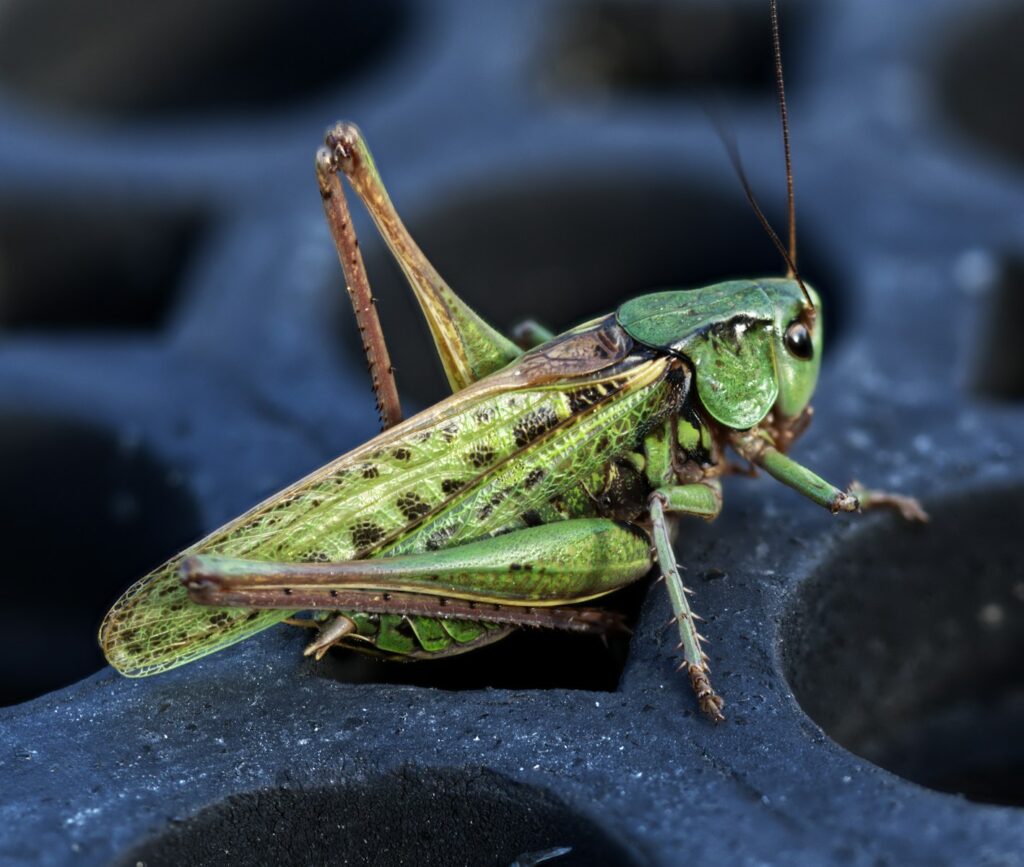
The persistent pressure of anthropogenic noise is driving evolutionary responses in some insect populations, creating potential speciation events in our lifetime. Urban populations of crickets and grasshoppers have shown heritable changes in call characteristics within just decades of exposure to city noise environments, demonstrating remarkably rapid evolutionary adaptation. Selection appears to favor individuals with calls that can better penetrate or avoid masking by anthropogenic noise, such as higher-frequency components or altered temporal patterns. These evolutionary shifts, while adaptive for communication in noise, may create reproductive barriers between urban and rural populations of the same species as their signals become increasingly different. For insects with short generation times, these evolutionary pressures can create measurable genetic divergence relatively quickly, potentially leading to what scientists term “acoustic speciation” where populations can no longer recognize each other’s signals. However, not all species have the genetic variation necessary for such adaptations, and those with specialized communication systems or smaller population sizes may face greater extinction risk from communication disruption.
Ecosystem-Level Consequences

The disruption of insect communication reverberates through ecosystems, affecting processes far beyond the insects themselves. Pollination services can decline when noise interferes with the ability of bees and other insect pollinators to coordinate foraging activities or locate flowering plants. Research has documented reduced pollination visits in noise-affected areas, with consequent reductions in seed production for plants that depend on insect pollination. Insects that serve as biological control agents for agricultural pests may experience reduced effectiveness when noise disrupts their ability to locate prey through acoustic or vibrational cues. The cumulative effects of communication disruption on multiple insect species can alter community composition, typically favoring generalist species over specialists and potentially reducing functional diversity. These changes in insect communities affect energy flow and nutrient cycling in ecosystems, as insects play crucial roles in decomposition, soil aeration, and as food sources for numerous other animals. The extensive ecological connectedness of insects means that communication disruption can trigger cascading effects that ultimately influence ecosystem resilience and stability.
Research Challenges and Methodological Innovations
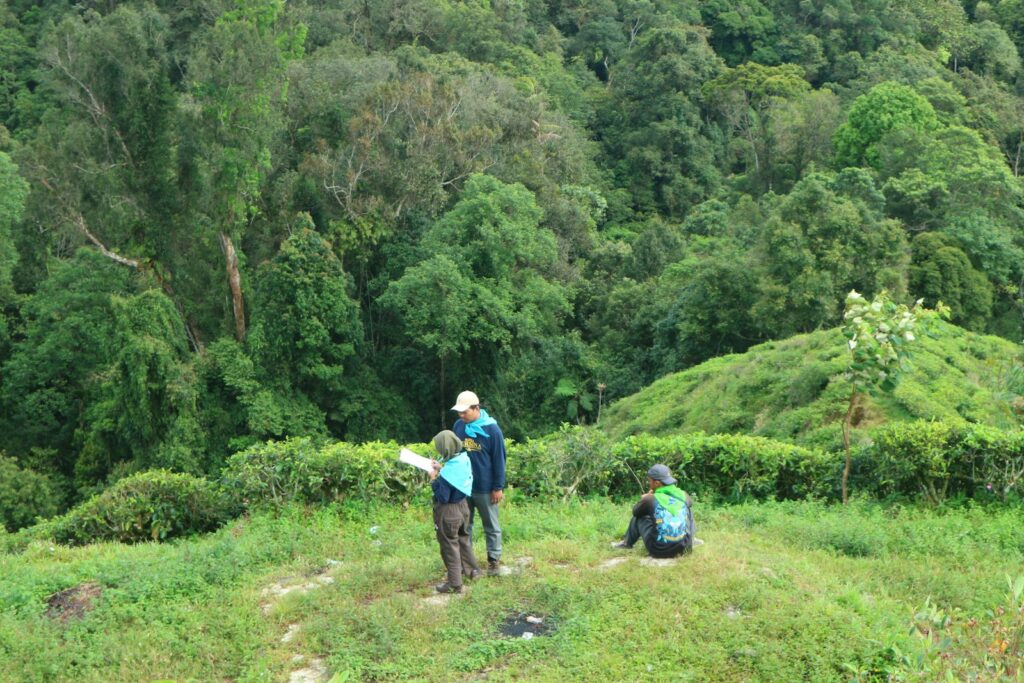
Studying noise impacts on insect communication presents unique scientific challenges that researchers are addressing with innovative approaches. The small size and diverse communication modalities of insects require specialized recording equipment capable of detecting signals often at the edge of human perception. Field studies increasingly employ autonomous recording units that can capture the acoustic environment continuously over extended periods, allowing researchers to document how insect communication changes with fluctuating noise levels. Laboratory studies use precisely controlled noise playback experiments to isolate specific effects while controlling for confounding variables. Advances in bioacoustic analysis software now allow researchers to process massive acoustic datasets and identify subtle changes in insect calls that might indicate noise adaptation or disruption. Increasingly, interdisciplinary collaborations between entomologists, acousticians, and behavioral ecologists are yielding more comprehensive understanding of how noise affects different aspects of insect communication systems. These methodological innovations not only improve our understanding of noise impacts but also provide tools for monitoring insect populations through their acoustic signatures—potentially creating early warning systems for population changes related to environmental stressors.
Mitigation Strategies and Solutions

As awareness of noise impacts on insects grows, researchers and conservation practitioners are developing mitigation approaches to protect these vital ecological players. Urban planning increasingly incorporates “acoustic corridors” and buffer zones that maintain quieter spaces within developed landscapes, allowing insects to maintain communication networks. Engineering solutions include noise barriers designed specifically to protect sensitive habitats, with some innovative designs incorporating features that benefit insects directly, such as nesting sites or preferred vegetation. Temporal restrictions on noisy activities during key insect breeding seasons represent a simple but effective management approach in some contexts. Vehicle and machinery manufacturers are developing quieter technologies, motivated primarily by human health concerns but with collateral benefits for insects and other wildlife. At the policy level, some jurisdictions have begun including acoustic impact assessments in environmental review processes, acknowledging that noise is a significant form of pollution requiring regulation. Conservation organizations increasingly advocate for the protection of natural soundscapes as a component of biodiversity conservation, recognizing that preserving acoustic habitats is as important as preserving physical habitats.
Future Research Directions

Despite growing recognition of noise impacts on insects, significant knowledge gaps remain that will drive future research in this field. Scientists are increasingly interested in community-level effects—how noise disruption of multiple species simultaneously reshapes insect communities and their ecological functions. The interaction between noise pollution and other environmental stressors, such as climate change, habitat fragmentation, and chemical pollutants, represents a critical research frontier, as these factors rarely operate in isolation. Long-term studies tracking evolutionary responses to noise are particularly valuable but challenging to maintain, requiring sustained research commitment across decades. Technological advances in miniature acoustic tags and sensors may soon allow researchers to track individual insects’ responses to noise in natural settings with unprecedented detail. Acoustic mapping of landscapes, identifying areas of particular concern for noise impacts on sensitive insect species, will likely inform future conservation planning. As artificial intelligence tools for acoustic analysis improve, researchers anticipate being able to process and interpret insect acoustic data at scales previously impossible, potentially revealing patterns and impacts currently undetectable with manual analysis methods.
Conclusion: The Importance of Preserving Acoustic Habitats
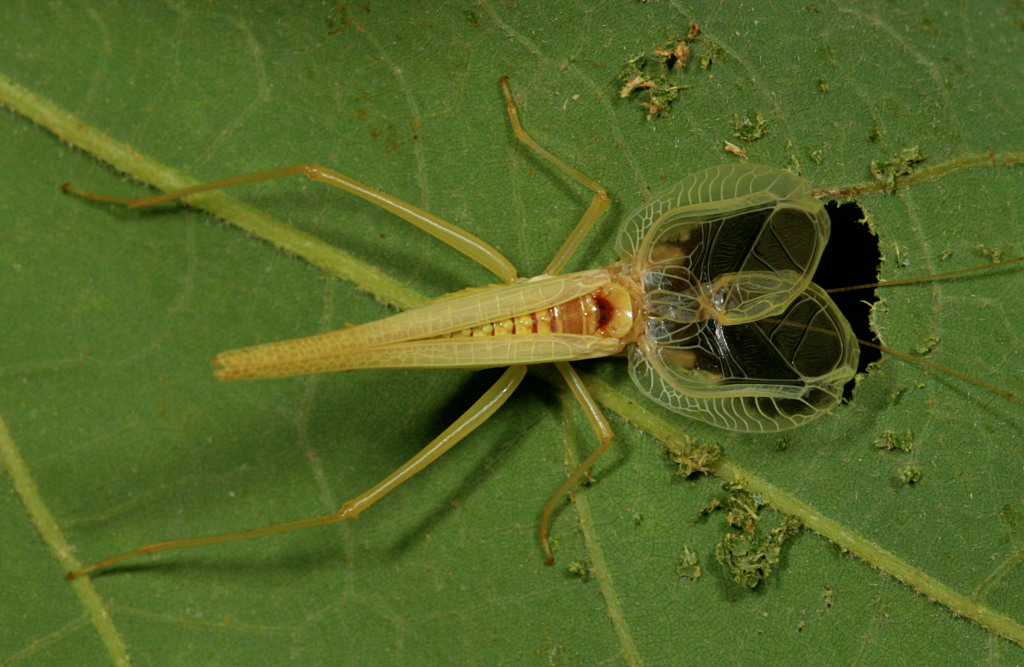
The disruption of insect communication by anthropogenic noise represents a subtle but significant threat to biodiversity and ecosystem function. As we’ve explored throughout this article, the consequences extend from individual behavioral changes to population dynamics, community structure, and ultimately ecosystem processes that humans depend upon. The preservation of natural soundscapes—what some researchers now term “acoustic conservation”—deserves recognition as a critical component of environmental protection. While technological solutions and mitigation strategies offer important paths forward, perhaps the most fundamental shift needed is conceptual: recognizing sound as a crucial habitat component and noise as a serious form of pollution. By understanding how our acoustic footprint affects the ancient communication systems of insects, we gain both appreciation for these remarkable creatures and motivation to protect their ability to communicate.

